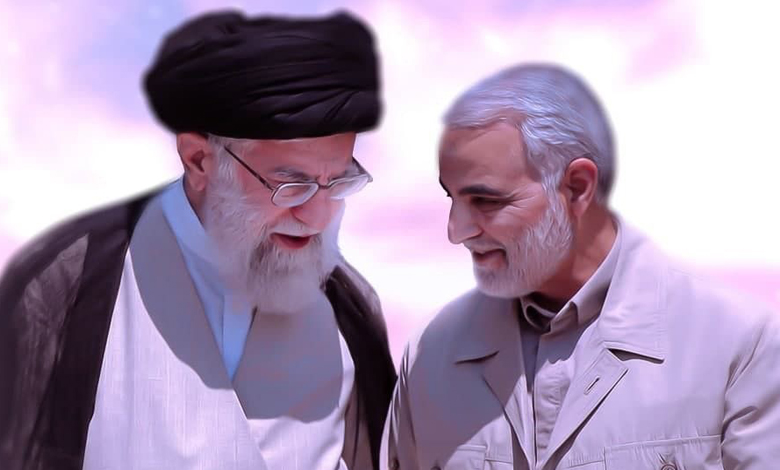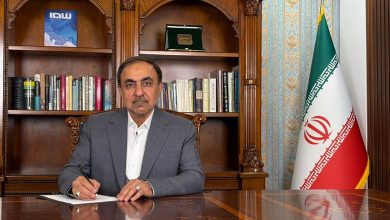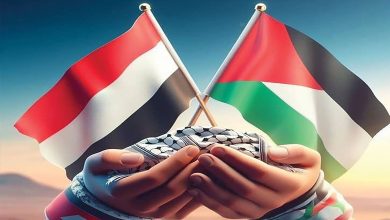Part One: From Birth to Martyrdom (Section Three)

 Political Section
Political Section
This process not only emphasized his military capabilities, but also demonstrated that he had reached a level of strategic depth and insight that enabled him to unite complex and diverse structures into a coherent front.
In this new position, Soleimani was no longer merely a commander issuing attack orders; he became an architect who, with precise understanding of geography, history, religion, and social cleavages, adapted the tools of resistance to the local conditions of each country. He not only established combat units, but also built transnational coalitions, strengthened regional communications, and expanded the soft power of the resistance through media, culture, and education.
This transition from a military to a civilizational level, without abandoning his authentic revolutionary identity, made Soleimani a rare example of a “strategic commander”; a leader who, while remaining loyal to the battlefield, became a key actor in the most complex geopolitical scenes of the region and laid the foundations of a resistance framework that did not collapse with his martyrdom, but rather grew more widespread.
Analysis of His Intellectual and Ideological Structure Based on His Words and Actions
Qasem Soleimani’s intellectual and ideological structure was a unique combination of practical mysticism, wilayat-based thought, and strategic realism—a combination that allowed him, amid fields of blood and fire, to maintain a vision for long-term civilizational horizons.
What makes this structure unique is the link between his personal conduct and his political-military mission; a connection observable not only in his speeches, but also in his behavior, interactions with people, battlefield decisions, and approach to the enemy.
At the core of this structure was a deep belief in the guardianship of the Islamic jurist (Wilayat al-Faqih) and a profound understanding of “Imamate in the Time of Occultation.” Soleimani’s loyalty to the Supreme Leader was not mere organizational obedience, but a conviction both of heart and reason. He repeatedly emphasized that his strategic understanding of the Islamic world, the front of arrogance, and the regional order was derived from the perspective of Ayatollah Khamenei, seeing himself as aligned with his thought and leadership. This connection transformed him from a mere commander into a “spiritual-intellectual leader,” whose military decisions were grounded in ideological and divine insight.
Furthermore, in his speeches—whether to Basij forces, on the front lines, or in private gatherings—he consistently stressed that the axis of “religion, human dignity, and loyalty to the oppressed” forms the foundation of the resistance movement. His enmity toward enemies did not stem from blind hatred, but from a historical and religious perspective that viewed oppression, occupation, humiliation, and the normalization of evil as against human nature.
His personal behavior also reflected this philosophy: simplicity in life, private tears during prayers, deep respect for the families of martyrs, and direct connection with fighters. While decisive on the battlefield, he displayed an emotional, humble, and compassionate face toward the people. In the truest sense, he was a “soldier of truth,” starting in the service of Ruhollah Khomeini and continuing in the service of the Guardianship until his martyrdom.
In terms of knowledge, Soleimani was a student of the school of Imam Khomeini, which viewed politics not as a tool of power but as a manifestation of duty. This approach was the source of many of his difficult yet precise choices, including his handling of crises in Syria and Iraq, where he not only sought military victory but also aimed to restore the people’s trust in governments.
Soleimani’s ideological structure can be summarized in one sentence: instead of serving ideology through resistance, he served resistance through ideology. This, in turn, explains his popularity among Shia, Sunni, Christian, and even non-religious communities in the region.







